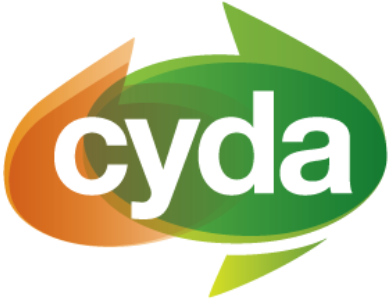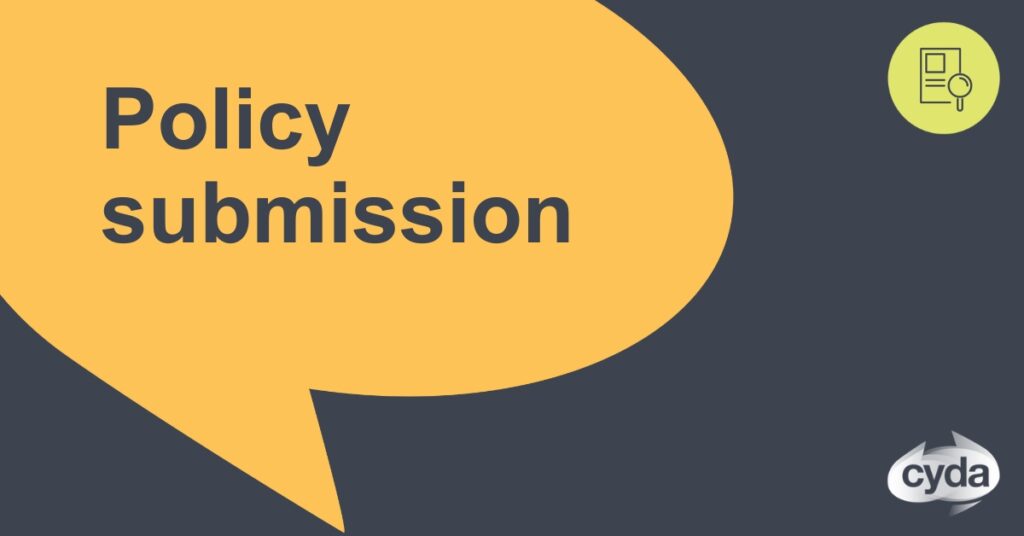Children and Young People with Disability Australia (CYDA) is inundated by concerns students and families have regarding education. A typical education experience for students with disability involves discrimination, inadequate funding and resources, insufficient expertise of staff, a systemic culture of low expectations, exclusion and bullying. There are increasing incidents of restraint and seclusion reported to CYDA, which are seen as a clear consequence of a system in crisis.
CYDA welcomes the current Inquiry, which focuses on improving and refining data collection on early childhood and school education to strengthen the evidence base and improve educational outcomes. The direct experience of students with disability and the policy experience of CYDA demonstrates that there is a great need to improve the collection and use of data at a range of levels within our current education system, namely at the individual; school; system; and jurisdictional levels. Additionally, there is a need to examine how research data is used to inform policy and practice in the education system. Currently, it is difficult to define and measure educational outcomes and barriers relevant to students with disability because of the paucity of data available. Meaningful reform and best practice is dependent on reliable practice and research data.


